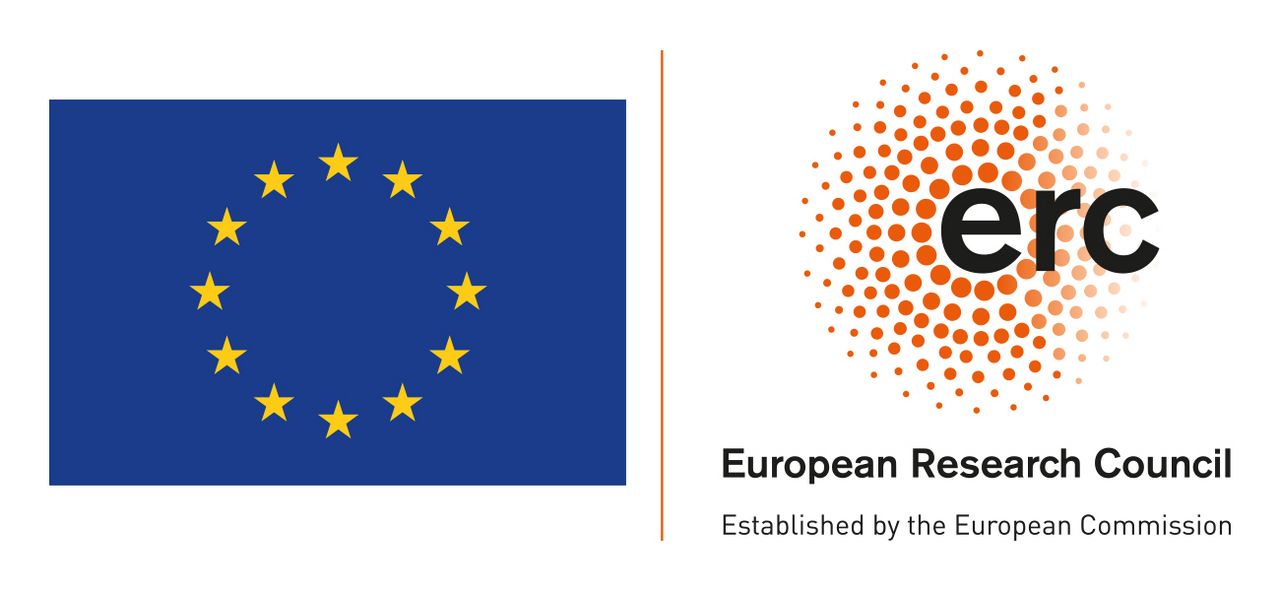High-Resolution Functional Imaging and Testing
Lab Introduction & Research Topics
Our goal is to study retinal physiology of the living eye using advanced optical techniques. In the long term, we aim to advance noninvasive ophthalmic diagnostics in this way. Physiological processes lead to small but quantifiable local variations in the intrinsic optical signature of the retina, such as reflectance, scattering, fluorescence, etc. The eye provides an unobstructed view of the retina and an ideal opportunity to observe, test and record from this tissue in a noninvasive manner. We make use of this optical accessibility to investigate the structure and function of the retina under natural conditions.
Our team works at the intersection of vision science, ophthalmology, neuroscience, physics, biochemistry and (optical) engineering. Our working horses are adaptive optics instruments for eye research.
This group is currently being established.
ERC Starting Grant TrackCycle.2P
The Schwarz Lab at the Institute for Ophthalmic Research Tübingen is implementing the project TrackCycle.2P - Exploring Visual Processes with Two-Photon Ophthalmoscopy which is funded by the European Research Council (ERC) under the European Union’s Horizon 2020 research and innovation programme (Grant agreement No. 852220)




